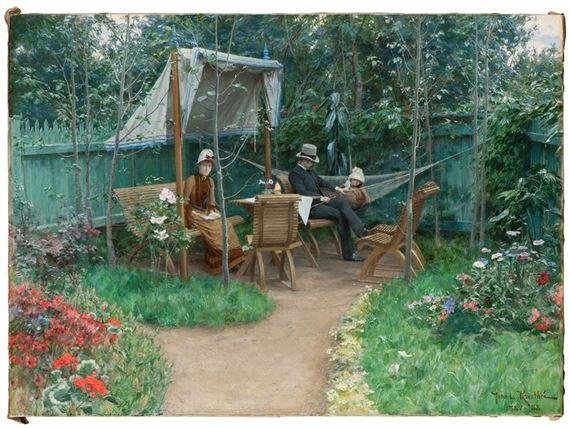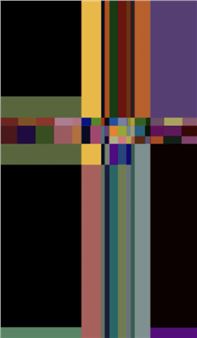The Garden: Six Centuries of Art and Nature
In 2023, Nationalmuseum will present The Garden вҖ“ Six Centuries of Art and Nature. This exhibition will take the form of a grand tour showing how gardens have been portrayed in art вҖ“ often walking the line between culture and nature. Garden art has always involved living materials: nature itself and the changing seasons. This makes it a dynamic artform, transforming, dying and renewing in line with the natural cycle.
A garden, whether artful or utilitarian, is not the same thing as nature. It has always been consciously designed in accordance with particular ideas and plans. Ultimately, the garden can be seen as a desire to recreate Paradise. The square, geometric quarters of a Renaissance garden with a fountain in the middle were one expression of this desire. Likewise, baroque pleasure gardens could be seen as a way of restoring what was lost in the fall of man. On the drawing board, GodвҖҷs creation would be resurrected with the aid of compasses and rulers. Geometry and optics would then translate the architectвҖҷs vision into practice.
The majority of the almost 300 exhibits will come from NationalmuseumвҖҷs own collections, but the exhibition will also include important pieces on loan, in order to give a complete picture of the garden as a phenomenon. A catalogue containing a series of in-depth articles will be published to coincide with the exhibition.

Recommended for you
In 2023, Nationalmuseum will present The Garden вҖ“ Six Centuries of Art and Nature. This exhibition will take the form of a grand tour showing how gardens have been portrayed in art вҖ“ often walking the line between culture and nature. Garden art has always involved living materials: nature itself and the changing seasons. This makes it a dynamic artform, transforming, dying and renewing in line with the natural cycle.
A garden, whether artful or utilitarian, is not the same thing as nature. It has always been consciously designed in accordance with particular ideas and plans. Ultimately, the garden can be seen as a desire to recreate Paradise. The square, geometric quarters of a Renaissance garden with a fountain in the middle were one expression of this desire. Likewise, baroque pleasure gardens could be seen as a way of restoring what was lost in the fall of man. On the drawing board, GodвҖҷs creation would be resurrected with the aid of compasses and rulers. Geometry and optics would then translate the architectвҖҷs vision into practice.
The majority of the almost 300 exhibits will come from NationalmuseumвҖҷs own collections, but the exhibition will also include important pieces on loan, in order to give a complete picture of the garden as a phenomenon. A catalogue containing a series of in-depth articles will be published to coincide with the exhibition.

 ARTISTS
ARTISTS















